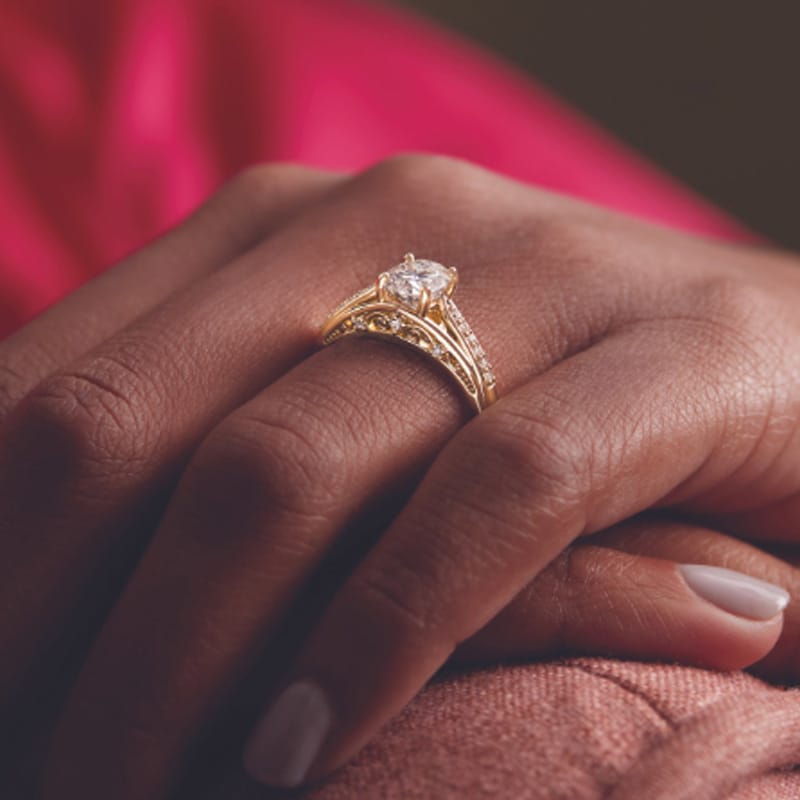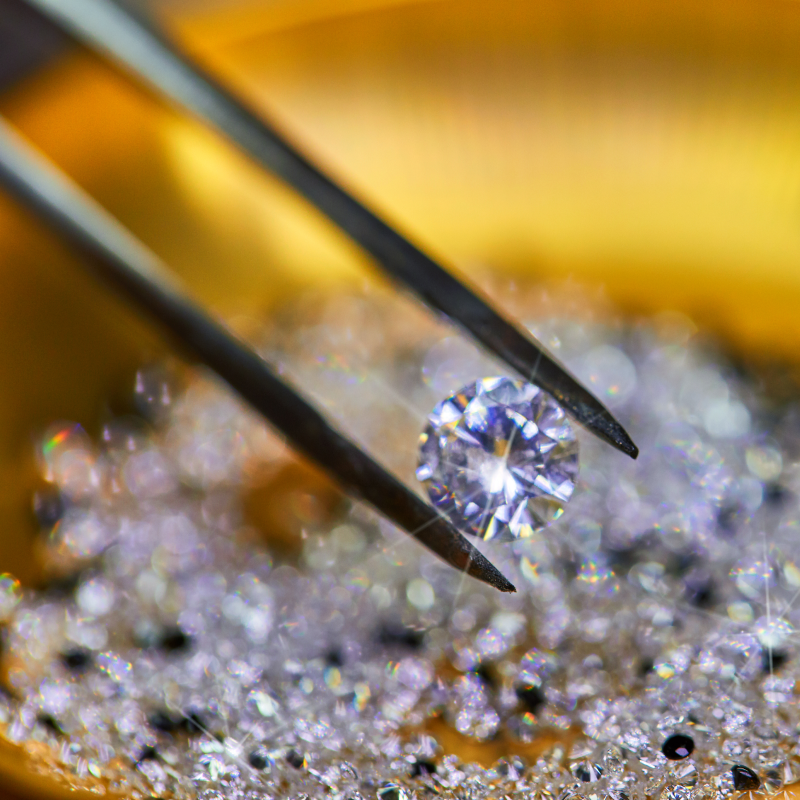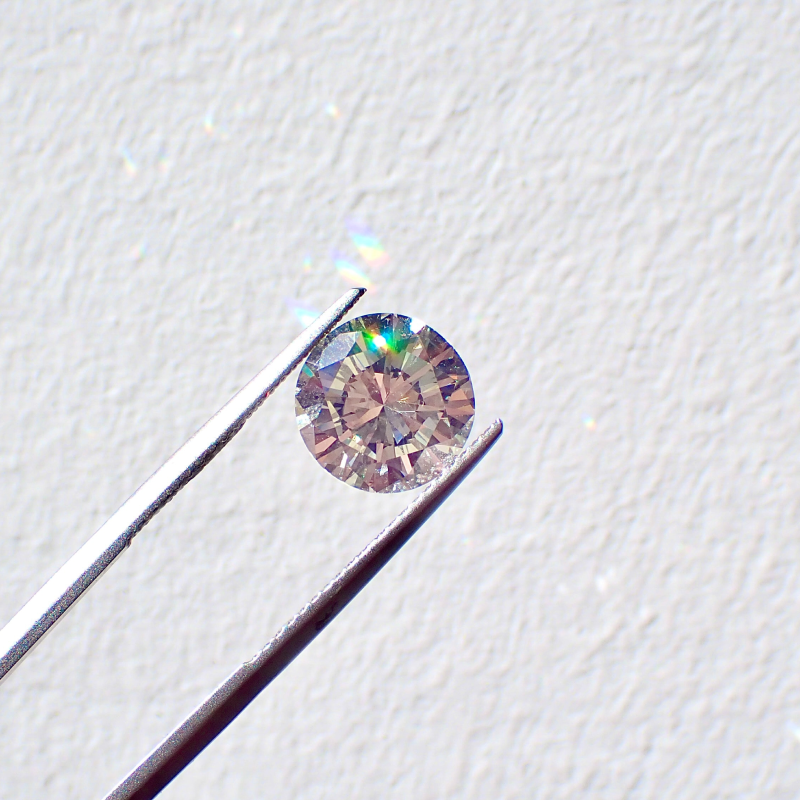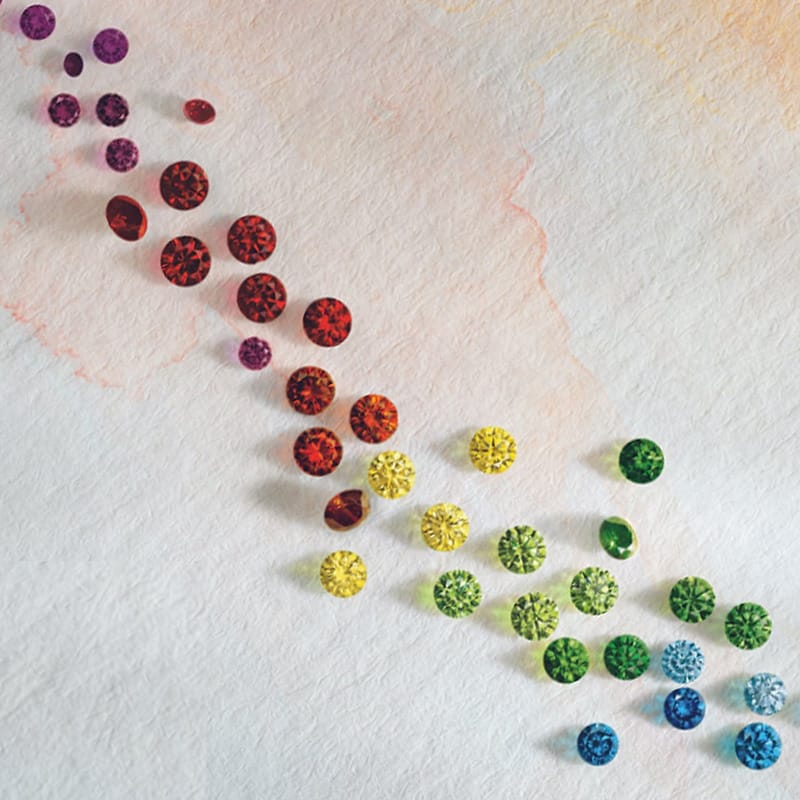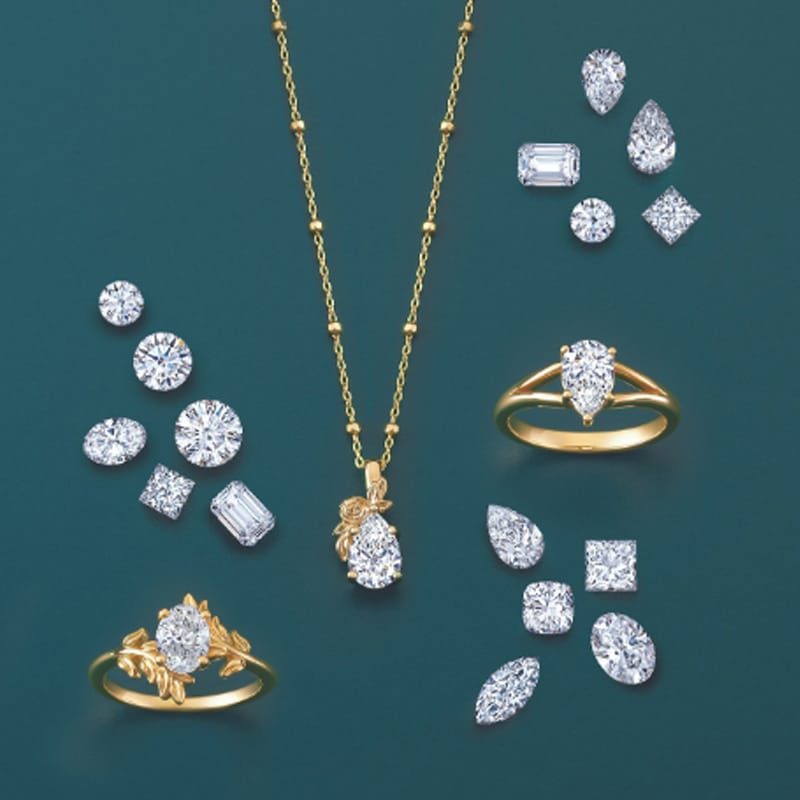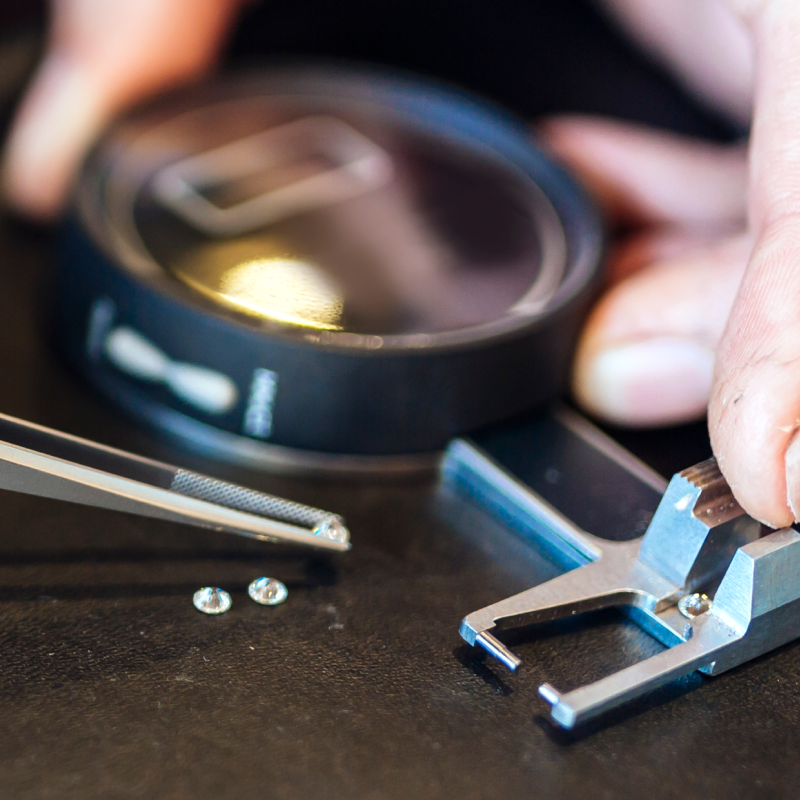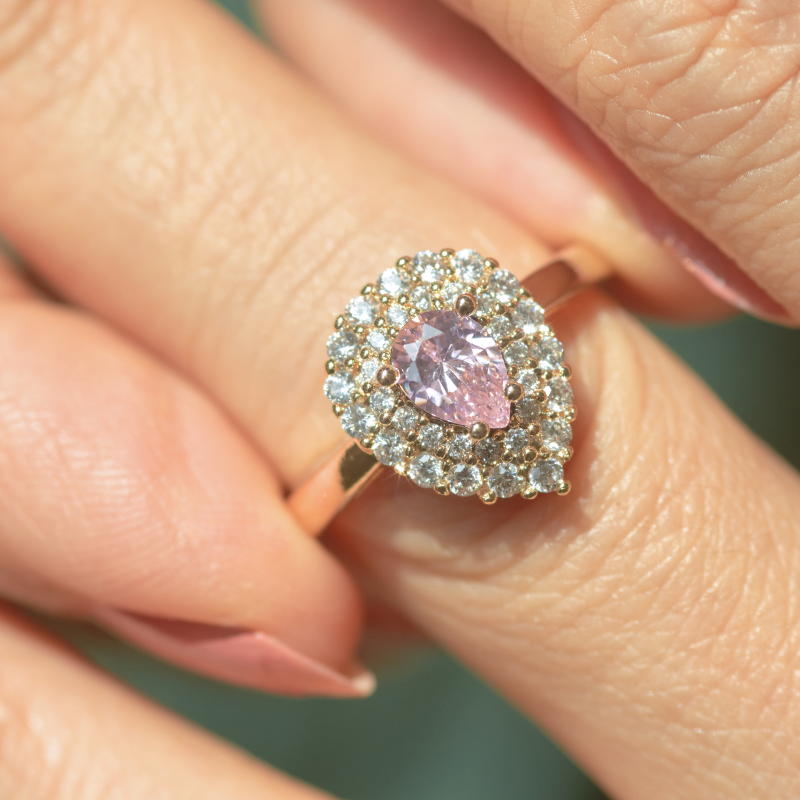
Diamond Education
Choosing the right diamond for your jewellery can be an intimidating and overwhelming task. Our goal is to simplify this process for you by equipping you with all the necessary information to make an informed decision. While certain aspects of a diamond will depend on individual preferences, there are also key factors that determine a diamond's rarity, quality, and value, which you should be aware of before making a purchase. We will provide you with a comprehensive understanding of these factors so that you can confidently take the leap and buy the diamond that is perfect for you.


